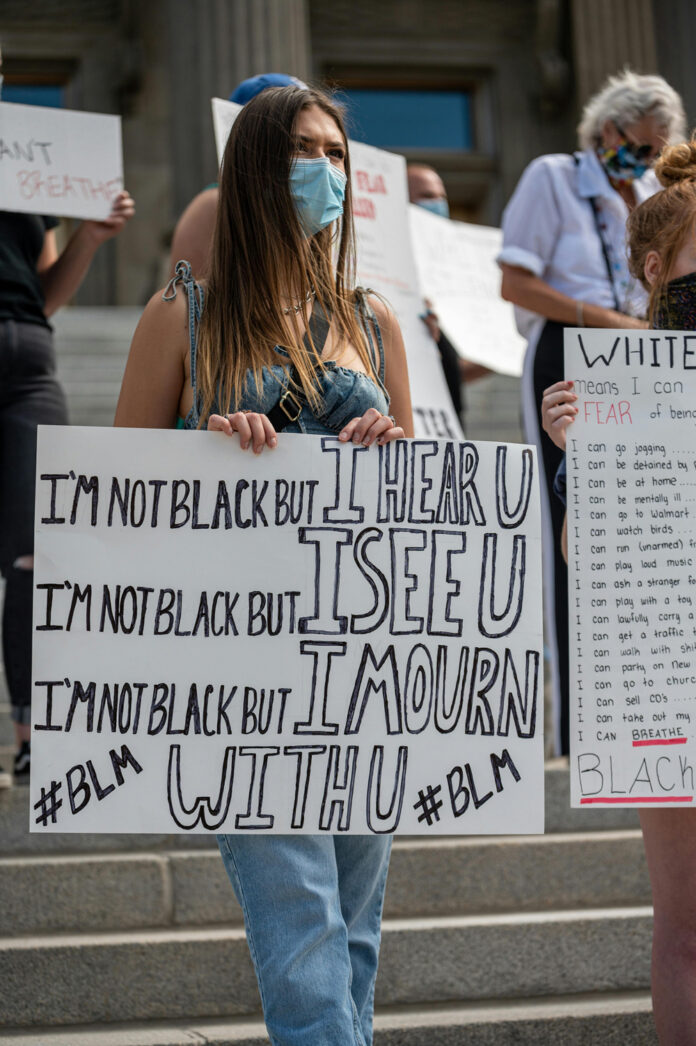Prejudice based on skin pigmentation, often referred to as colorism or shadeism, is a pervasive form of discrimination rooted in historical, social, and psychological factors. Unlike racism, which primarily focuses on inter-group dynamics, colorism involves both inter-group and intra-group discrimination, often privileging lighter skin tones over darker ones. This essay critically examines the origins, mechanisms, and impacts of skin pigmentation-based prejudice across different societies.
**Historical Roots of Skin Pigmentation Bias**
1. **Colonial Influence**:
– The colonial era played a significant role in embedding skin tone hierarchies. In regions like Central and South America, European colonizers associated lighter skin with higher social status and deference. This preference was reinforced through stratified societal structures that favored individuals with European ancestry[2].
– In India, centuries of Mughal and British rule linked lighter skin with power and privilege. The caste system further entrenched this bias by associating darker skin with lower social status[1].
2. **Beauty Standards**:
– Global beauty industries perpetuate lighter skin ideals through advertisements and products like skin-lightening creams. By 2024, the sales of such products are projected to reach $8.9 billion globally[3]. These industries reinforce the notion that lighter skin equates to attractiveness and success.
**Psychological Mechanisms**
1. **Social Learning**:
– Preferences for lighter skin are often conditioned early in life. Studies show children attribute positive traits like intelligence and beauty to fair-skinned characters while associating negative traits with darker ones[3].
– Social learning perpetuates stereotypes that lighter skin is more trustworthy and attractive, while darker skin is linked to dominance or aggressiveness[2].
2. **Implicit Bias**:
– Skin-tone bias operates subconsciously within societies. Research from Project Implicit demonstrates automatic preferences for lighter skin tones even among individuals of the same racial group[3].
**Socioeconomic Impacts**
1. **Wage Disparities**:
– Studies reveal a widening wage gap based on skin tone. Darker-skinned workers earn less than their lighter-skinned counterparts across various sectors globally[3].
– In the U.S., legal immigrants experience a 16-25% pay disparity based on their skin tone even after assimilation periods[3].
2. **Employment Opportunities**:
– Lighter-skinned individuals are more likely to be hired, promoted, and paid generously due to “beauty bias,” which equates physical attractiveness with competence[3].
– In India, darker-skinned women face employment discrimination, often relegated to low-visibility roles or denied jobs entirely[1].
**Cultural Manifestations**
1. **Regional Variations**:
– In India, darker skin is stigmatized as “dirty” or inferior, influencing marital prospects and income levels[1].
– In Japan and Southeast Asia, reverse colorism occasionally disadvantages white women whose pale complexions are deemed unattractive compared to local beauty standards[1].
2. **Intra-Group Discrimination**:
– Colorism is not limited to inter-group prejudice; it also manifests within racial groups. For example, darker-skinned African Americans are more likely to experience microaggressions and disrespect compared to their lighter-skinned counterparts[4].
**Health Implications**
1. **Mental Health**:
– Among African Americans, darker skin tones correlate with higher levels of psychological distress due to persistent discrimination[4]. Self-rated mental health deteriorates as experiences of prejudice increase.
2. **Hyperpigmentation Misconceptions**:
– Conditions like hyperpigmentation further complicate societal perceptions of darker skin by conflating medical issues with aesthetic judgments[5].
**Addressing Skin Pigmentation Bias**
1. **Education and Awareness**:
– Companies can combat workplace colorism through unconscious-bias training and promoting diversity in hiring practices[3].
2. **Representation in Media**:
– Increasing representation of darker-skinned individuals in media can challenge prevailing beauty standards and foster inclusivity.
3. **Legislative Measures**:
– Governments can enforce anti-discrimination laws targeting colorism specifically within employment, education, and healthcare sectors.
**Conclusion**
Prejudice based on skin pigmentation is deeply ingrained in historical power structures, cultural norms, and psychological biases. Addressing this issue requires a multifaceted approach involving education, representation, and systemic reform. By critically examining its roots and impacts, societies can work toward dismantling these harmful hierarchies and fostering equality across all shades of human diversity.
By Mas Massamba
Citations:
[1] Discrimination based on skin tone – Wikipedia https://en.wikipedia.org/wiki/
[2] Effects of facial skin pigmentation on social judgments in a Mexican population https://pmc.ncbi.nlm.nih.gov/
[3] Colourism: How skin-tone bias affects racial equality at work https://www.weforum.org/
[4] How Skin Tone Influences Relationships Between Discrimination, Psychological Distress, and Self-Rated Mental Health Among Older African Americans https://pmc.ncbi.nlm.nih.gov/
[5] What You Should Know About Hyperpigmentation https://www.healthline.com/
[6] Mere Exposure and Racial Prejudice: Exposure to Other-Race Faces Increases Liking for Strangers of That Race https://pmc.ncbi.nlm.nih.gov/
[7] Skin Pigmentation Types, Causes and Treatment—A Review https://pmc.ncbi.nlm.nih.gov/
[8] Skin color and race https://pmc.ncbi.nlm.nih.gov/












